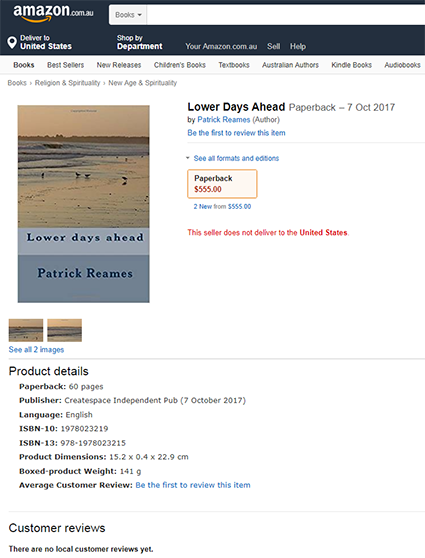UPDATE November 9, 2017: Paul Horner, the protagonist of this story, was found dead at home on September 18, 2017, possibly from a drug overdose. Poynter.org investigates how his websites have disappeared in recent weeks, plus other unanswered questions.
Among the myriad of influences on the presidential election results, a prominent and pervasive force has been fake news, propagated by unscrupulous merchants seeking traffic via social media. Here’s a quasi-confession of one such voice.
Here also, from NYMag.com is “An Extremely Helpful List of Fake and Misleading News Sites to Watch Out For“.
Facebook fake-news writer: “˜I think Donald Trump is in the White House because of me”™
by Caitlin Dewey
Washington Post
November 17, 2016

What do the Amish lobby, gay wedding vans and the ban of the national anthem have in common? For starters, they”™re all make-believe “” and invented by the same man.
Paul Horner, the 38-year-old impresario of a Facebook fake-news empire, has made his living off viral news hoaxes for several years. He has twice convinced the Internet that he”™s British graffiti artist Banksy; he also published the very viral, very fake news of a Yelp vs. “South Park” lawsuit last year.
But in recent months, Horner has found the fake-news ecosystem growing more crowded, more political and vastly more influential: In March, Donald Trump”™s son Eric and his then-campaign manager, Corey Lewandowski, even tweeted links to one of Horner”™s faux-articles. His stories have also appeared as news on Google.
In light of concerns that stories like Horner”™s may have affected the presidential election, and in the wake of announcements that both Google and Facebook would take action against deceptive outlets, Intersect called Horner to discuss his perspective on fake news. This transcript has been edited for clarity, length and “” ahem “” bad language. <a href="http://Read more…





